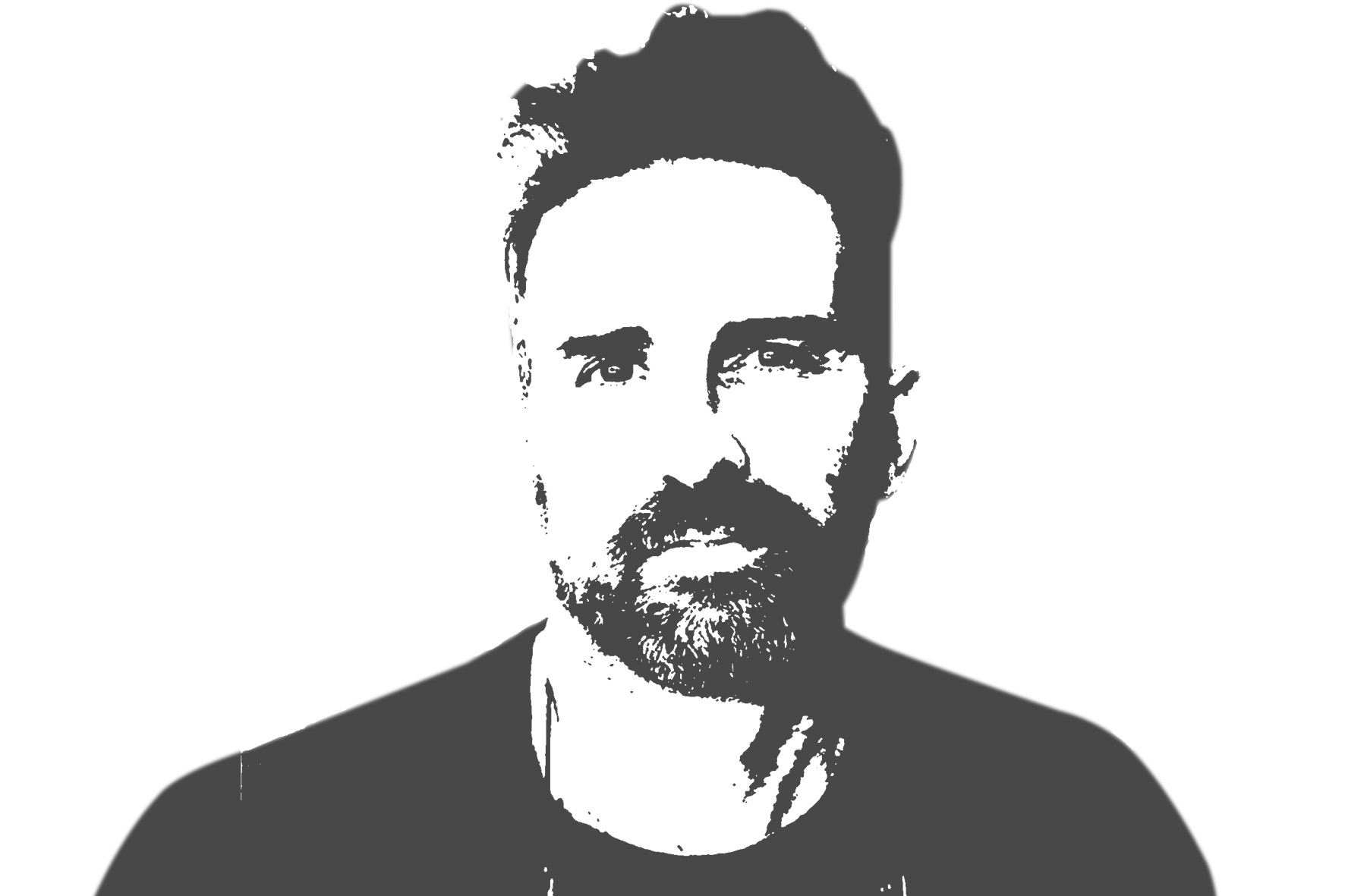Certainty Kills Creativity
For years, I have heard of and seen various examples of how the advertising industry is monopolizing the world’s creativity in the sense that anyone who considers themselves creative must end up at an advertising agency, or worse still, that the world’s premier creative talent can only be found at advertising agencies. The haste with which companies and clients adopted and accepted this status quo always caught my attention. It was as if the entire concept of creativity was owned by advertising, and working at an advertising agency made you a creative person.
There is nothing less creative than believing yourself more creative than others simply because you work in the advertising industry (or any other industry, for that matter). Belonging to a certain industry alone entitles nobody to call themselves creative. I sometimes see individuals in the advertising industry devalue creativity through profit-boosting strategies focused on more tangible and controlled methods. Even when they succeed, such strategies squander creativity and its power to change the world for the better.
Efficiency is the cornerstone of the present, and it is looking likely to encompass every aspect of the future, leading to a steady undervaluation of creativity. As a result, we saw an exodus of resources from the advertising industry to practically unexplored areas, raising the latter’s value. The pandemic simply blew the lid off this ongoing process, and the survival instinct of those involved led to a perfect storm, ultimately revealing a light at the end of the tunnel.
Belonging to a certain industry alone entitles nobody to call themselves creative.
In the midst of this storm, waves of uncertainty crashed ashore to justify structural and financial decisions, a reality all industries face. Establishing a unified justification of reality is highly tempting for industries that rely on certainty and medium- or long-term projections. I have attended several conferences, webinars, and workshops where uncertainty is presented negatively, as something to worry about, where solutions are all designed around and focused on how to overcome it, accept it, and adapt ourselves. Most of such content comes from the advertising industry.
However, this year I began to reflect this year on the question: How can companies with a creative core, whose service is so closely intertwined with creativity, view uncertainty in that light? Is it not precisely the creatives and their industries whose role is to get ahead of change, anticipate what it to come, and propose bold strategies to adapt to that future? The future may be uncertain now, but it is imagined and designed every day in dreams the world over.
The creative industry must be a lighthouse, constantly building strategies for sailing these rough waters. Save me from my friends, for against my enemies I can defend myself. It is inherent to creativity’s nature to make the future uncertain by questioning, creating, and building it. Similarly, creativity must visualize all possible scenarios day after day, keeping both problem and solution mind, and being ready to act at a moment’s notice.
When it comes to calming the nerves, visualization is the preferred technique among speakers, business leaders, and athletes, who (for example) imagine matches in their minds before playing the game in reality. Creativity is responsible for imagining that match for each and every client worldwide, visualizing everything. We are the observers and handlers of imagination. We should live in the future and sleep in the present.
As long as we implement this mentality alongside heightened technological development and access to resources, we have the potential to be puppeteers of reality and thinkers of the future.
These days, I imagine the impact this shift will have on the intersection of scientific knowledge and creative ability. When restless minds filled with challenges and the most brilliant scientific methodologies collide, the result is a kind of uninterrupted effervescence that shows me the infinite possibilities in the future, a blank canvas in full color. If we then incorporate access capital and a desire to build a better world, I see the beginnings of a wonderful future, one in which creativity, science, and capital all work together for the common good.
Save me from my friends, for against my enemies I can defend myself. It is inherent to creativity’s nature to make the future uncertain by questioning, creating, and building it.
Creativity and science should perhaps harken back to the 15th century, harnessing these interactions to work toward a technological renaissance, focusing on humanity and revolving around nature above all else. I embrace the creative exodus to new territory, and with it, a better strategy for collaboration, partnership, and quality of life improvements for people, teams, organizations, and countries alike. I celebrate the resurgence of older recognized creatives like Rob Matters, Chacho Puebla, and Paco Conde as they get involved in social and scientific causes through imagining and building the near future.
If we let ourselves believe creativity is responsible for future exploration, if we collaborate with supposedly nontraditional industries, and if we convince ourselves that anything is possible, we guarantee that uncertainty will soon fade into nothingness.
